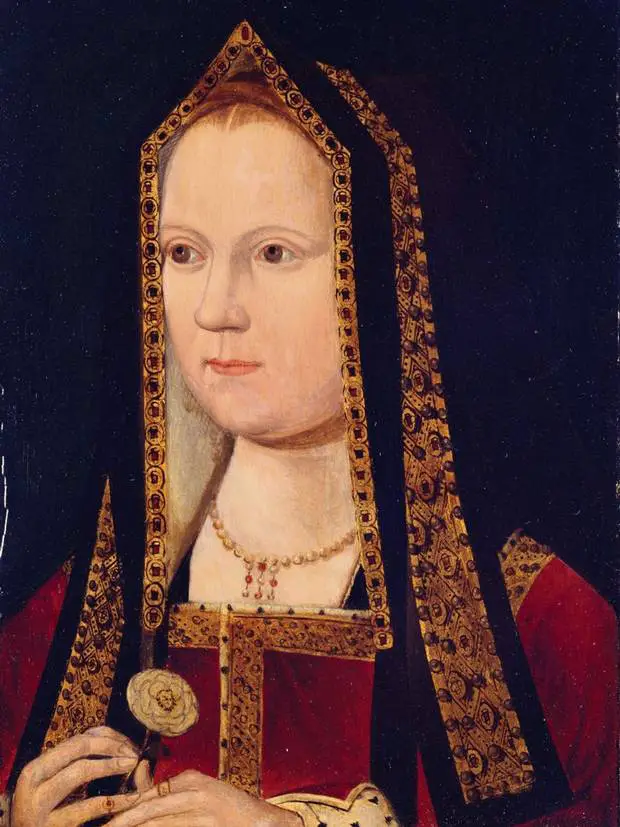 Today is the anniversary of the death of Thomas Tallis, musician and composer, on 23rd November 1585 at his home in Greenwich. He was buried in St Alfege's Church, Greenwich, in the chancel and the text on the brass memorial which once marked his tomb read:
Today is the anniversary of the death of Thomas Tallis, musician and composer, on 23rd November 1585 at his home in Greenwich. He was buried in St Alfege's Church, Greenwich, in the chancel and the text on the brass memorial which once marked his tomb read:
"He serv'd long Tyme in Chapp[ell] with grete prayse,
Fower sovereygnes reignes (a thing not often scene),
I mean King Henry and Prince Edward's Dayes,
Quene Mary, and Elizabeth our Quene.
He maryed was, though Children had he none,
And lyv'd in Love full thre and thirty Yeres …
As he did Lyve, so also did he dy,
In myld and quyet Sort (O! happy Man)."
Tallis is known as one of England's greatest early composers, and his works include Gaude gloriosa Dei mater, Puer natus est nobis, Audivi vocem, In pace in idipsum, Videte miraculum, Loquebantur variis linguis and In ieiunio et fletu.
Thomas Tallis's birthdate is not known and we don't even know who his parents were or where he originally came from, but he must surely have started his musical career as a choir boy. His biographer, John Milsom, points out that "The fact that the Marian antiphon Salve intemerata, his earliest known work, is substantial and ornate implies that his chorister years were spent at a major choral foundation where elaborate music was performed. What we do know is that in 1530-33 he was the organist of the Benedictine priory of Dover in the years 1530–33, and that, combined with the fact that he also later acted as a lay clerk at Canterbury Cathedral and received grants of crown leases on properties in Kent, points to him coming from the area.
In 1537-8, he was a member of the choir of St Mary-at-Hill, London, and in 1538 he was working at the Augustinian abbey of Waltham Cross in Essex, which was dissolved in 1540. Following the abbey's dissolution, Tallis moved to Canterbury Cathedral, where he sang for two years in the choir before joining the choir of the Chapel Royal in around 1543. He worked with the Chapel Royal until his death in 1585, and Milsom writes "By the time of his death, more than forty years after joining the Chapel Royal, Tallis had risen through the ranks to become the choir's most senior member." He also acted as organist. He married Joan, widow of Thomas Bury, during the reign of Mary I.
John Milsom writes of how, in the 1540s, the Chapel Royal still used the Sarum rite and so Tallis's work then was "based on traditional plainchant melodies.". However, the religious reforms of Edward VI's reign saw the publication of the Book of Common Prayer and Tallis was involved in the introduction of a "new repertory of canticles and anthems". Of course, things returned to how they'd been in Henry VIII's reign when Mary I acceded to the throne in 1553.
Mary I died in November 1558 and Tallis served at her funeral and at the coronation of the new monarch, Queen Elizabeth I. He carried on working in the Chapel Royal and in January 1575 Elizabeth I granted Tallis and fellow composer William Byrd a patent to print music and music paper for a period of twenty-one years. However, the men only printed one book, Cantiones quae ab argumento sacrae vocantur (1575), during this period. Milsom describes Cantiones as consisting of "seventeen works by each composer, appropriate for a book published in the seventeenth year of her reign", along with a preface of verses by Richard Mulcaster and Ferdinand Richardson. Tallis also contributed nine harmonized psalm tunes to Archbishop Matthew Parker's The Whole Psalter Translated into English Metre.
Milsom ponders Tallis's religion because some of his compositions appear to be sympathetic towards Catholics and recusants were amongst his friends and patrons. His good friend and fellow composer, William Byrd, was also a Catholic.
18th century historian Charles Burney described Tallis as "profound" and "one of the greatest musicians, not only of [England], but of Europe, during the sixteenth century" and Ivan Hewett, in the UK newspaper "The Telegraph", said that "Thomas Tallis’s 'Spem in Alium’ has an appeal that defies time" and that the piece is a "masterful combination of rhetorical persuasiveness and architectural cogency". Tallis's Spem in Alium reached the top of the UK classical music charts after Christian Grey was depicted as listening to the piece in E.L. James's novel Fifty Shades of Grey
Here are a few of Thomas Tallis's famous pieces:
You can find more on YouTube.
You can also click here to read Heather R. Darsie's article on Tallis.
Notes and Sources
- “Tallis, Thomas (c.1505–1585),” John Milsom in Oxford Dictionary of National Biography, ed. H. C. G. Matthew and Brian Harrison (Oxford: OUP, 2004); online ed., ed. Lawrence Goldman, January 2008, http://www.oxforddnb.com/view/article/26954 (accessed November 23, 2015).
- "Straight into the charts... a hit from 1568", Ivan Hewett in "The Telegraph", 12 January 2011 - http://www.telegraph.co.uk/culture/music/classicalmusic/8255608/Straight-into-the-charts-.-.-.-a-hit-from-1568.html



Wonderfull gift for this time of the year, thank you all…
Thanks for posting this glorious music. I love Thomas Tallis.
Thank you…absolutely beautiful!! Never heard of the man before…he must have been an angel…